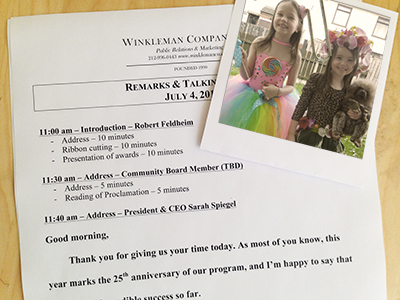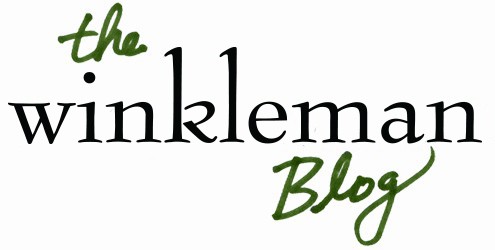In nearly 25 years of helping clients spread their messages, I’ve heard a lot of incredible successes and passionate pleas for support and empathy. Sometimes, it can be impossible to resist getting swept away in the energy and excitement of the client’s mission – but no matter how enthusiastic you may become about your client’s story, it’s always important to remember that it’s truly his or hers to tell.
This slightly thorny truth is even sharper today, since the internet has extended the longevity of a piece by making it easy to find even years from publication. One of the first Google results for my name is usually a profile of my architectural drawings in the New York Times… from February 1990!
When it comes to clients, this new permanence – making ancient news immediately available – can cause extra stickiness when dealing with bad press, an ill-advised quote or a lackluster interview. Accordingly, in helping clients tell their stories, it becomes paramount to make sure that they project their personal identity, in addition to their organization’s brand and mission – so that in 25 years, when someone asks their robot assistant to Google the organization, what comes up is a document of passion and personality, not simply a rote list of talking points.
One client of ours, many years back, inadvertently underscored the importance of injecting a little personality into a presentation. This nonprofit leader worked primarily with elders. She was passionate and dedicated 100% of her talents to her work, which was clear to everyone who met her. When it came to public speaking, though, she spoke stiffly and kept to her notecards, effectively stifling all the passion and fire she projected in person-to-person interactions.
With an organization like hers, filled with wonderfully touching moments, all funders, donors, families and elected officials would need in order to instantly align to her cause was a well-told, publicly shared story. Instead, each speaking engagement was a lost opportunity, a vacuum of boredom and polite applause where there should have been rapt attention and standing ovations. Something had to change.
We needed to find the key to opening up her usual boundless enthusiasm instead of having it clamped down when she donned her business hat.
We discovered that each evening over dinner, she would share the highs and the lows of her day with her children. Her motivation was to inspire them to do good in the world, and she readily shared her stories with energy and zest. Having heard this, we suggested that she paper-clip reminder photos of her children to the top of her next speech. From then on, she was a firebrand at the podium.
That was a crucial lesson for us to learn as a young firm. Most PR professionals will tell you their job is to tell clients’ stories. To be sure, it is – but when a client can be his or her own best advocate, it’s also our job to step out of the way and facilitate the client’s own storytelling. By helping our client project her innate passion and personality while speaking publicly, her advocacy was twice as convincing. And, unlike another dry press release, her testimony will remain vital as long as it’s search-indexed.
